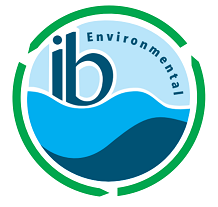An inventory to identify the service lines in water systems across the country has a deadline of October 2024, as set by the U.S. EPA’s Lead and Copper Rule Revisions (LCRR). Most water utilities, aside from Transient Non-Community Water Systems, must provide service line inventory information by the October deadline, which will eventually be used in efforts towards a correction to our water infrastructure nationwide: replacing the lead service lines of the past. Water providers now have a directive towards a water-infrastructure future without lead. But, how long has lead been associated with water pipes?
Read MoreThe last year has brought numerous challenges, many of which have financial impacts. But with some of those challenges come opportunities. The fight to curb the spread of COVID-19 has highlighted the importance of a well-functioning and well-funded water sector. The economic stimulus packages that the pandemic has spawned include opportunities for new careers as the nation’s infrastructure gets an upgrade. In the case of water infrastructure, the upgrade is much needed in many cases. This post outlines some of the new financing options that Georgia local governments can tap into for water projects.
Read MoreGeorgia has about 1.5 million septic tanks, with many of them being over thirty (30) years old. This is about the timeframe when many septic tanks begin to fail. Septic tanks are no longer considered a temporary solution until public wastewater infrastructure takes over. In fact, each year, in the sixteen-county metro Atlanta area alone, at least 12,000 new septic tanks are installed. With so many Georgians spending more time in their own homes due to the pandemic, there has been more pressure on these septic systems. What are the repercussions from this, and what does it cost?
Read More


